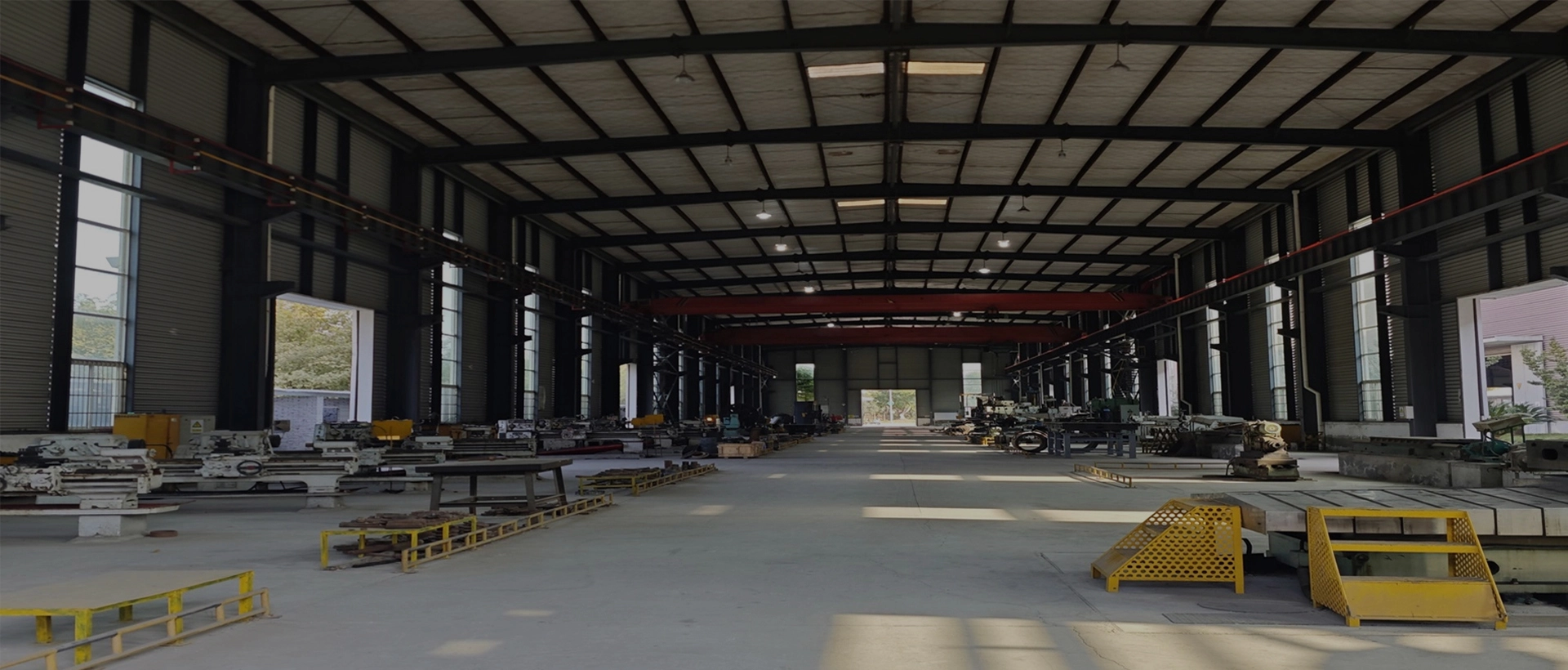The evolution of mobile stone crushers from basic crushing units to multi-functional processing systems marks a significant advancement in the construction and mining industries. Initially, mobile crushers were simple, compact machines designed for basic crushing tasks. However, as technology progressed, so did the capabilities of these machines. Today’s mobile crushers embody sophisticated engineering, capable of a wide range of crushing processes, from primary to tertiary crushing, with precision and efficiency.
Modern mobile crushers, such as tracked jaw crusher for sale, are equipped with advanced features such as adjustable crusher settings, automated control systems, and built-in screening functions. These enhancements allow for the production of various material sizes in a single pass, reducing the need for multiple crushing stages and separate screening units. The integration of GPS and IoT technology enables remote monitoring and diagnostics, ensuring optimal performance and minimal downtime.
Moreover, the latest models are designed with a focus on sustainability, featuring fuel-efficient engines and dust suppression systems to minimize environmental impact. The transformation of portable crushing plants for sale into multi-functional processing units reflects the industry’s move towards more flexible, efficient, and environmentally responsible construction and mining operations.
